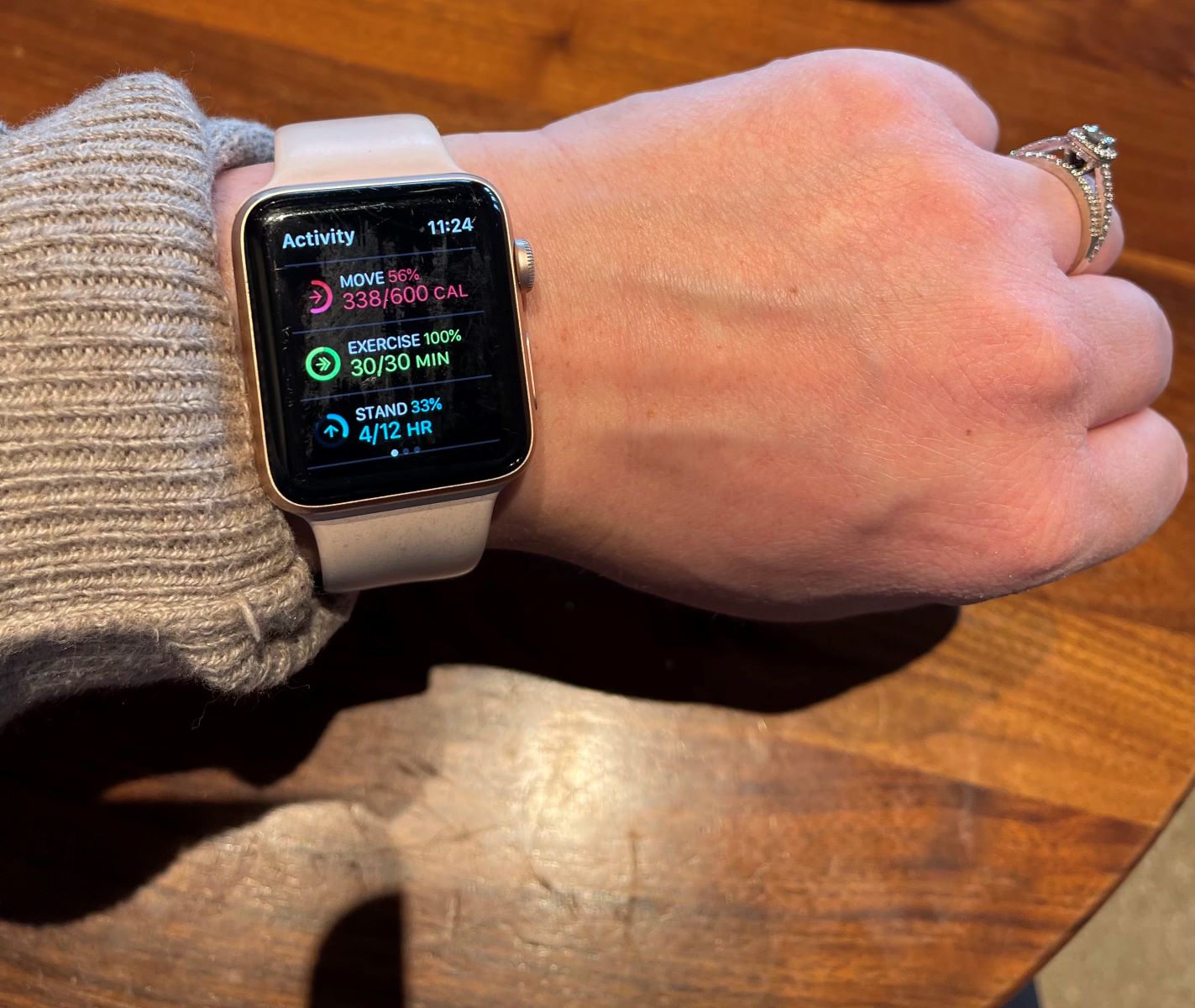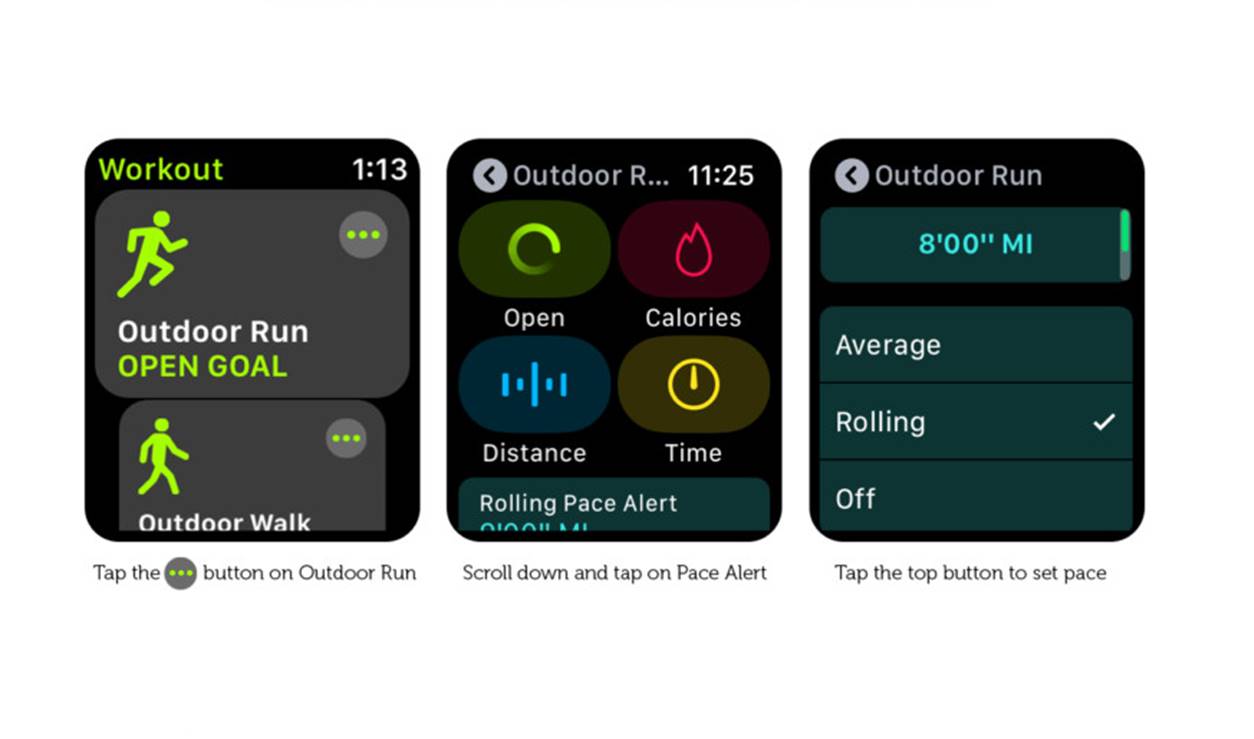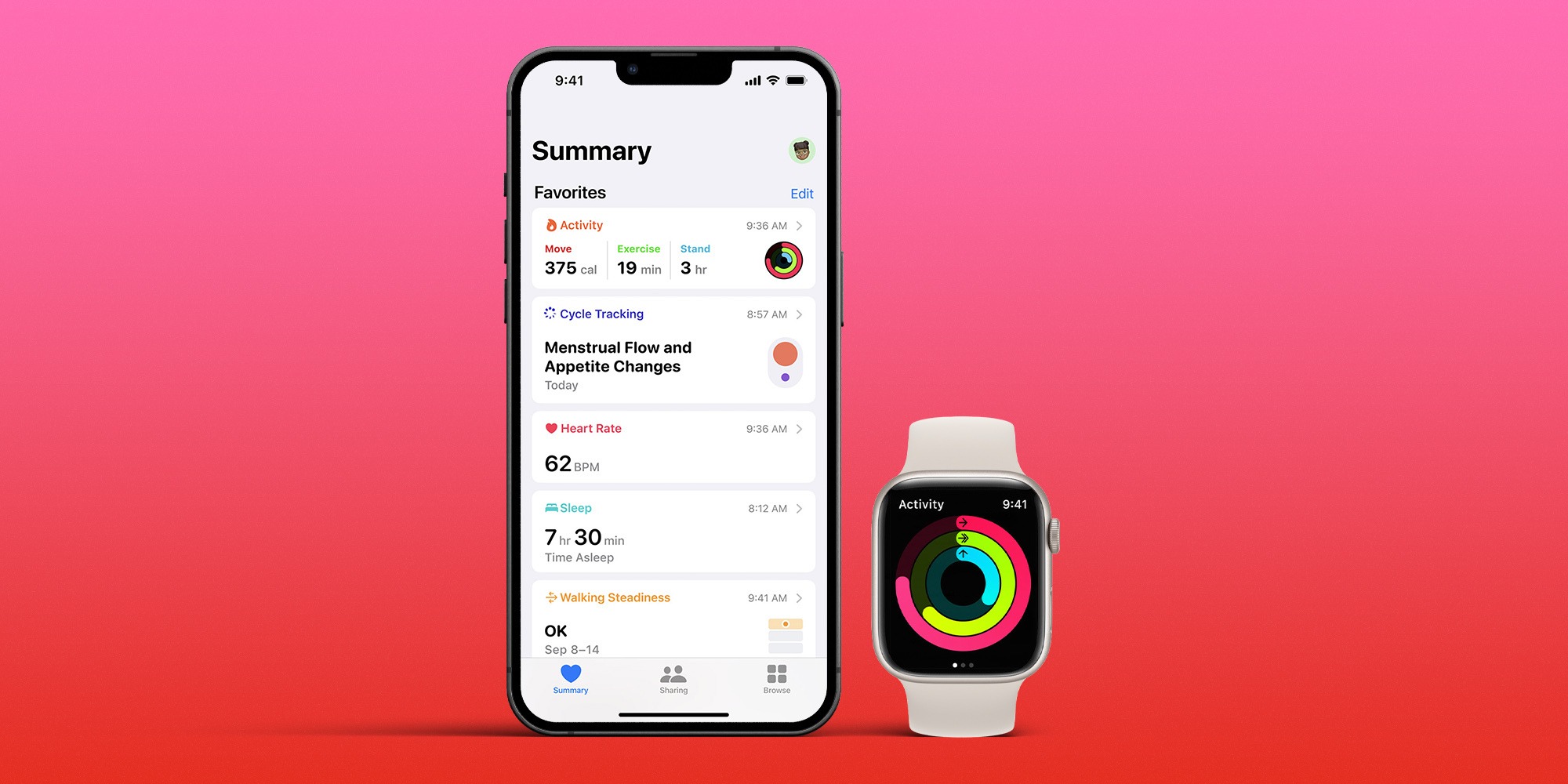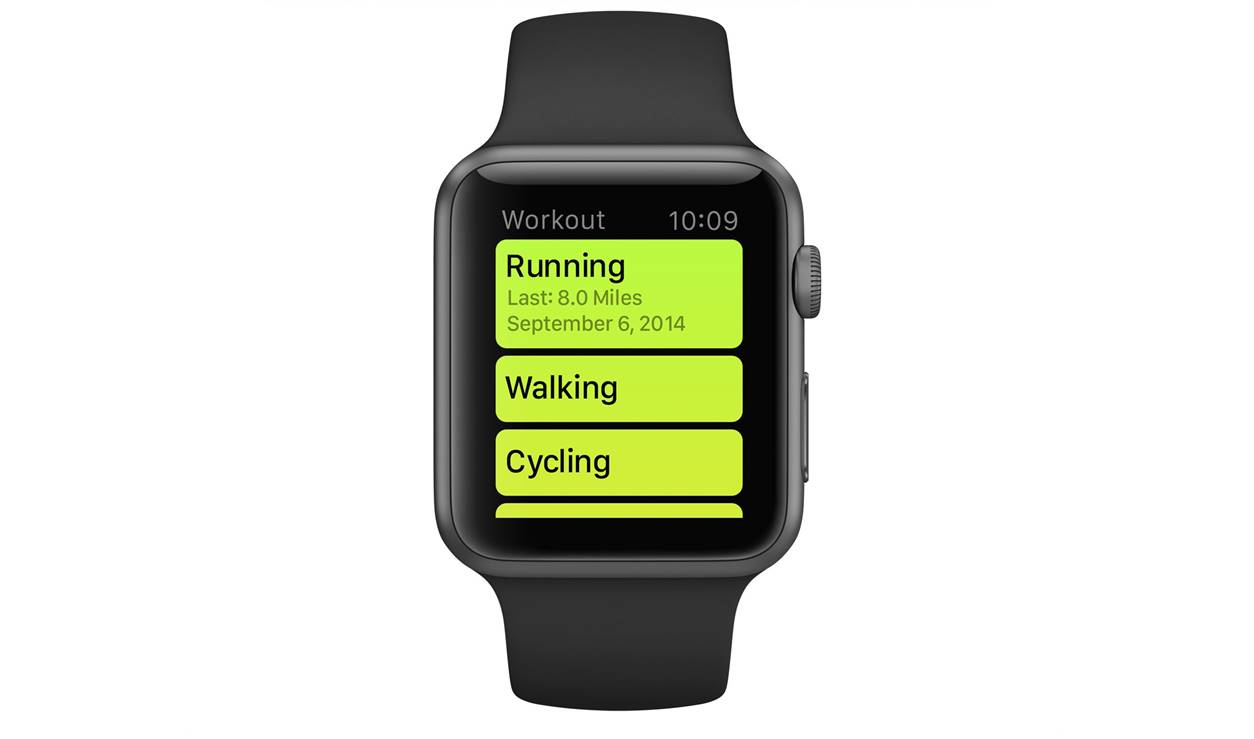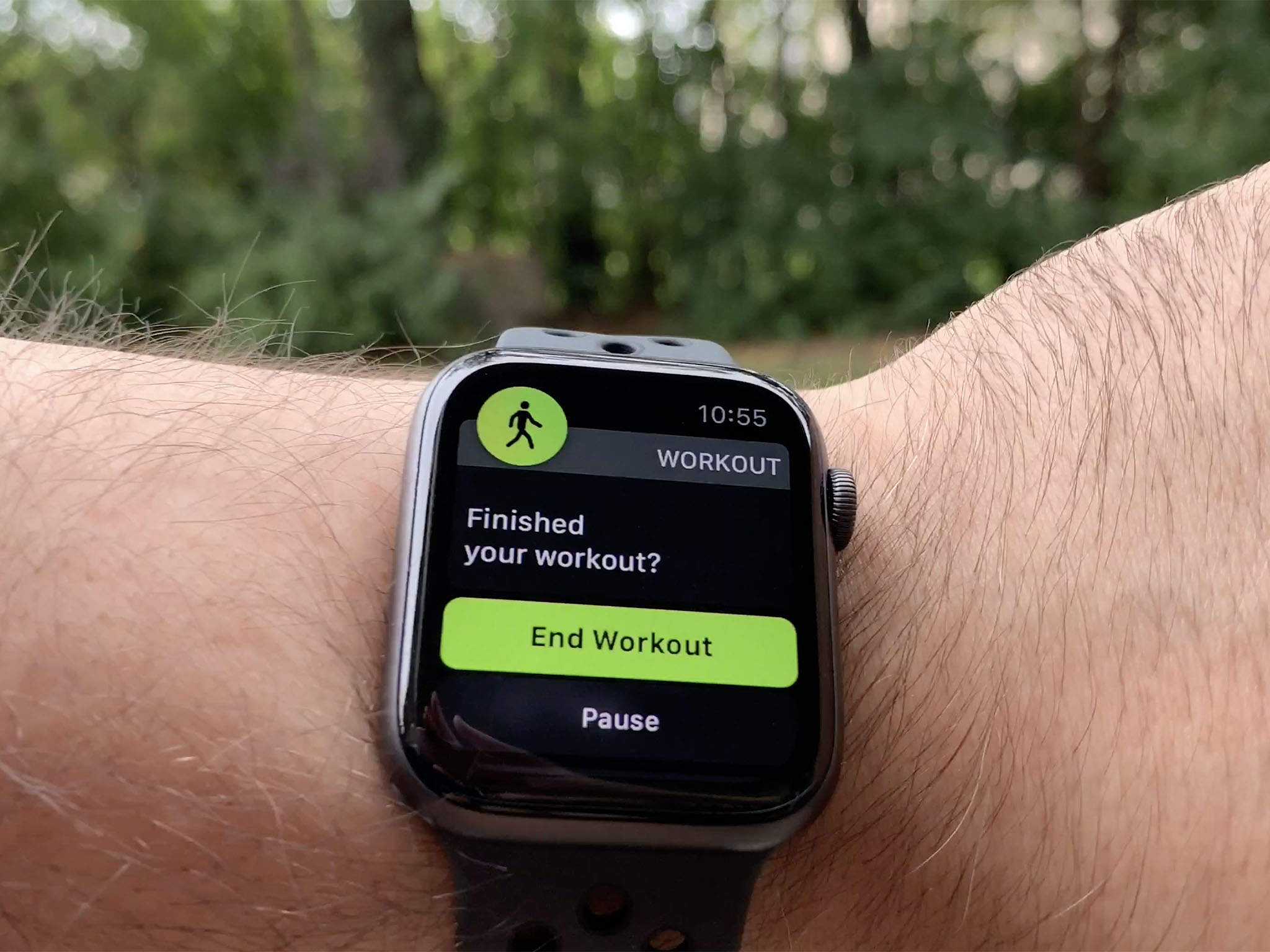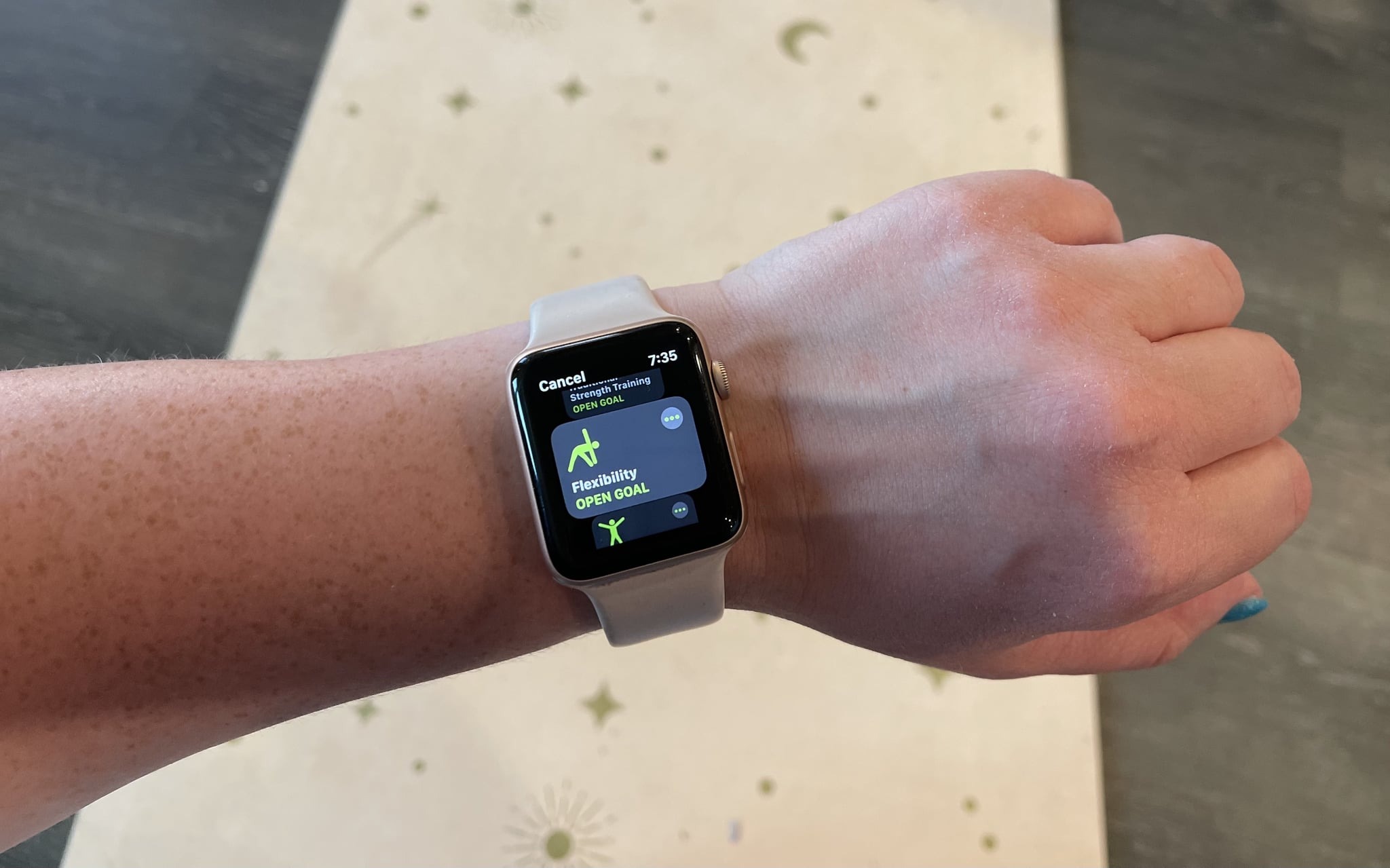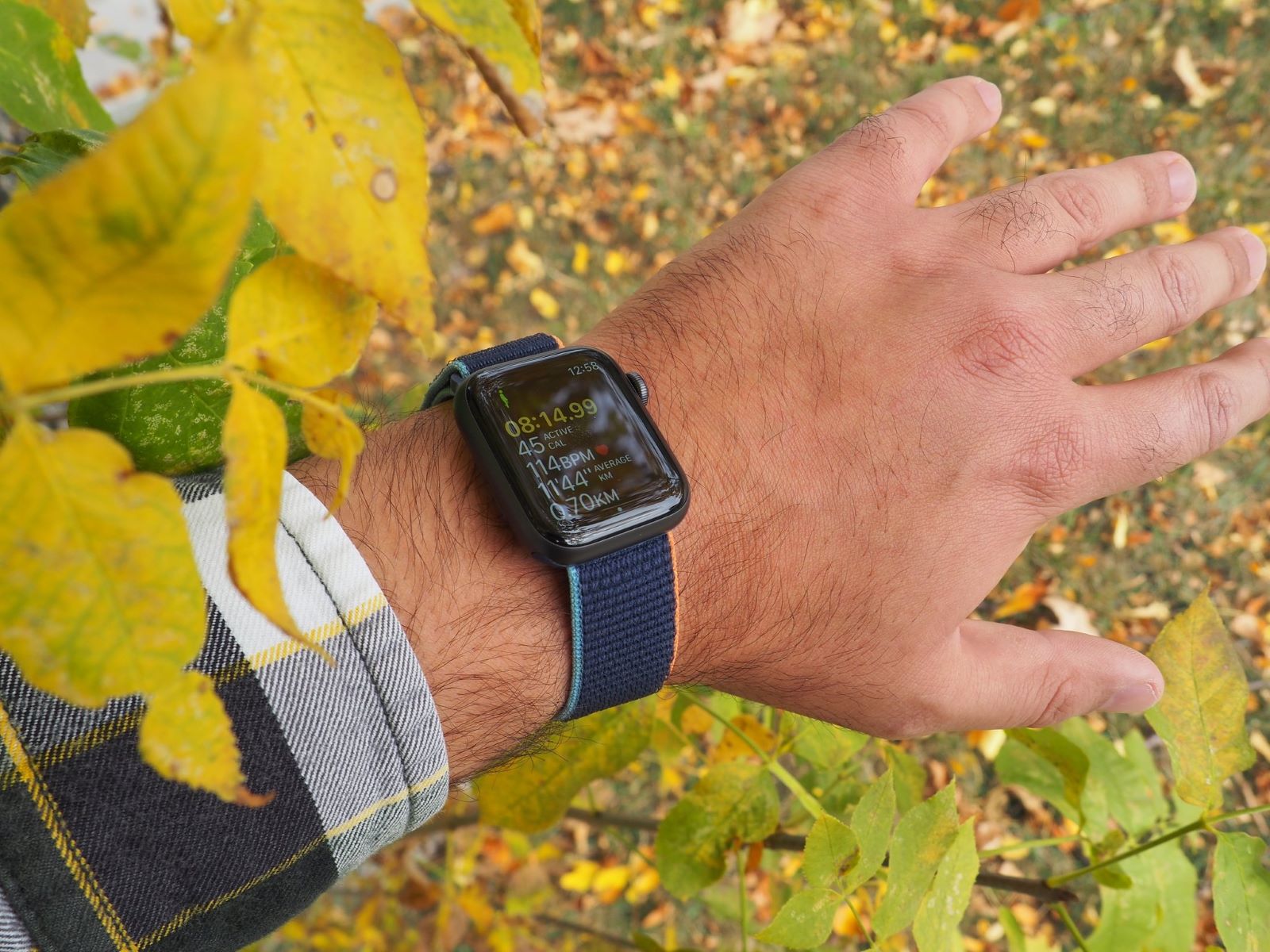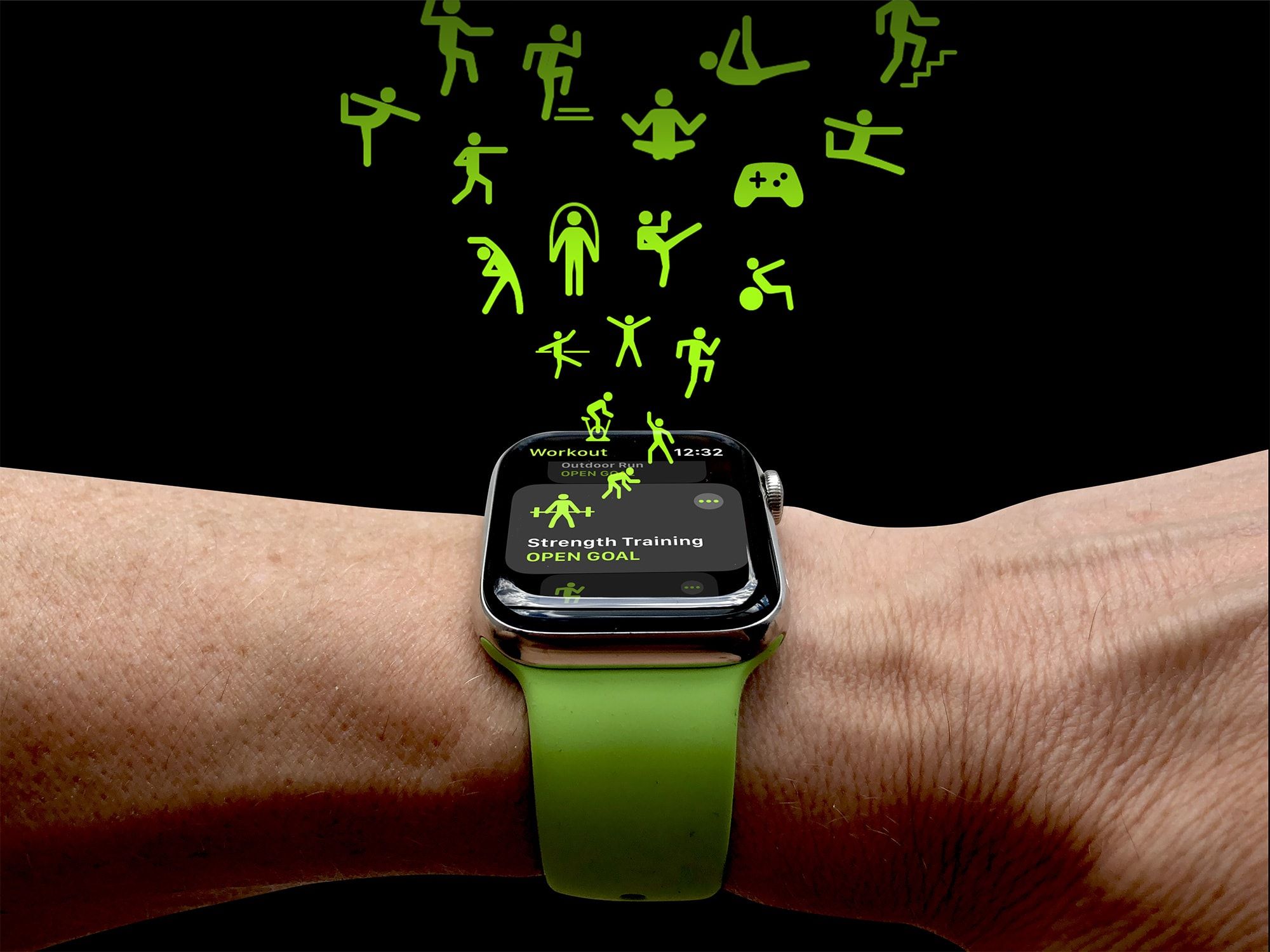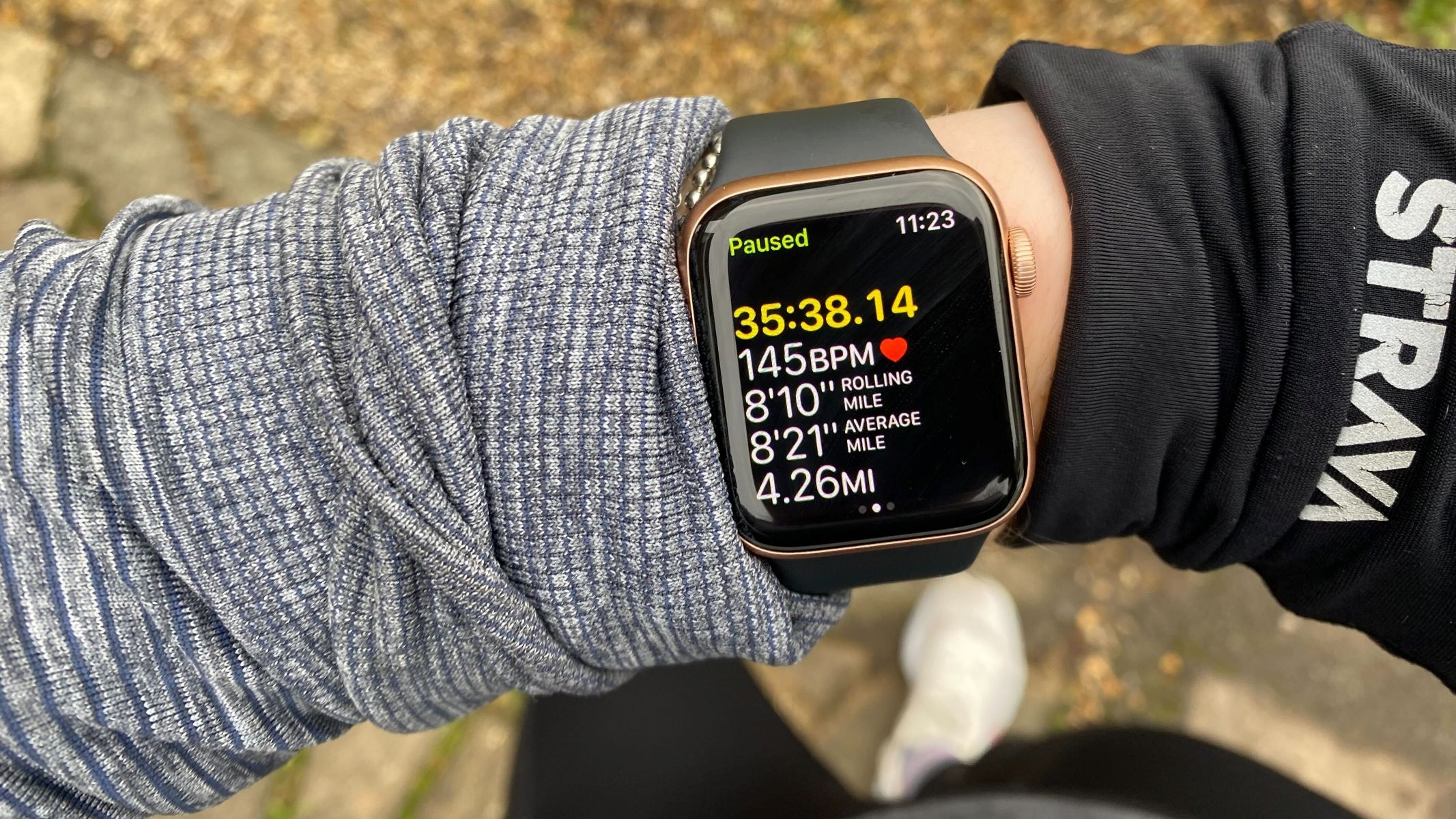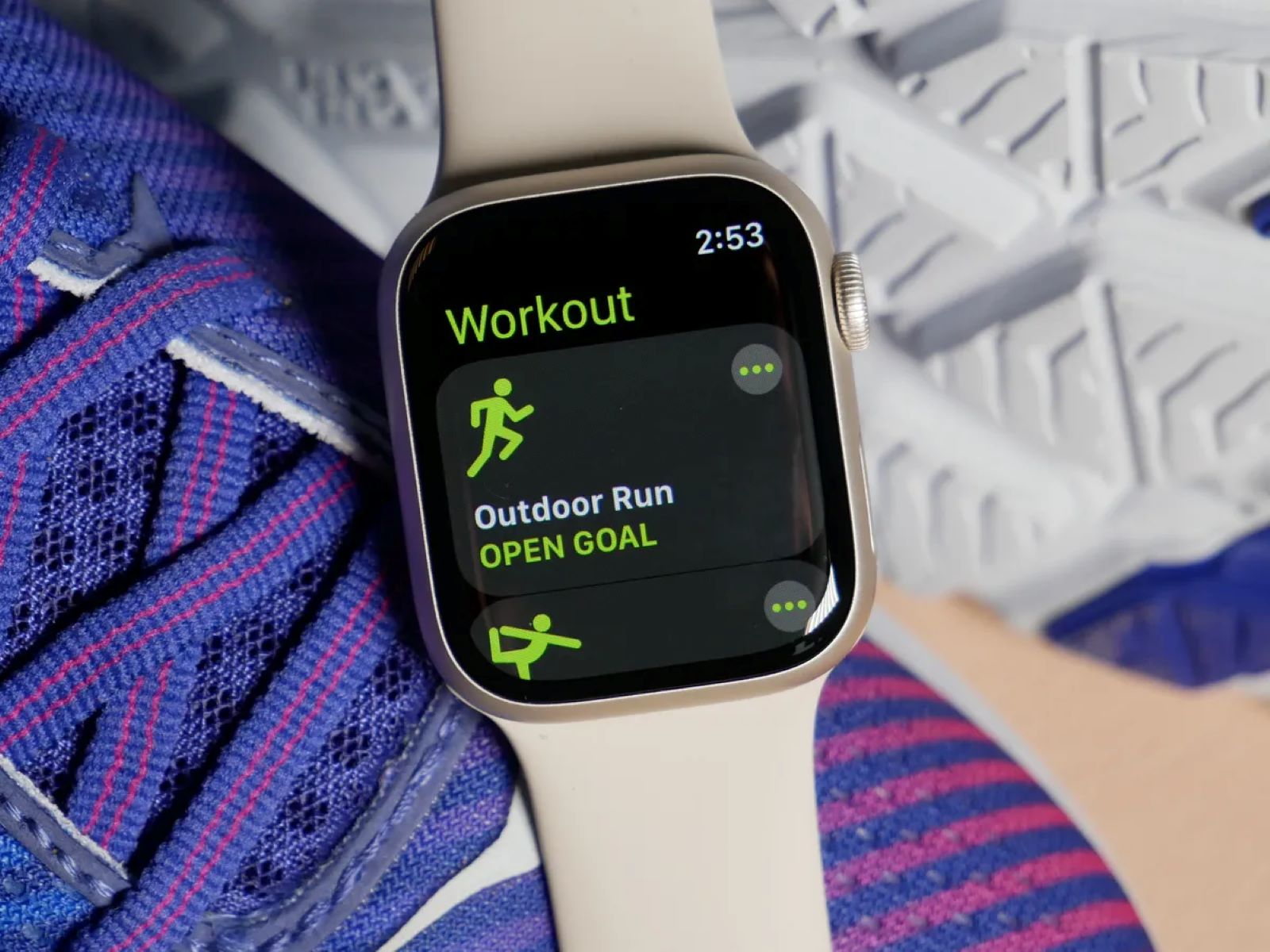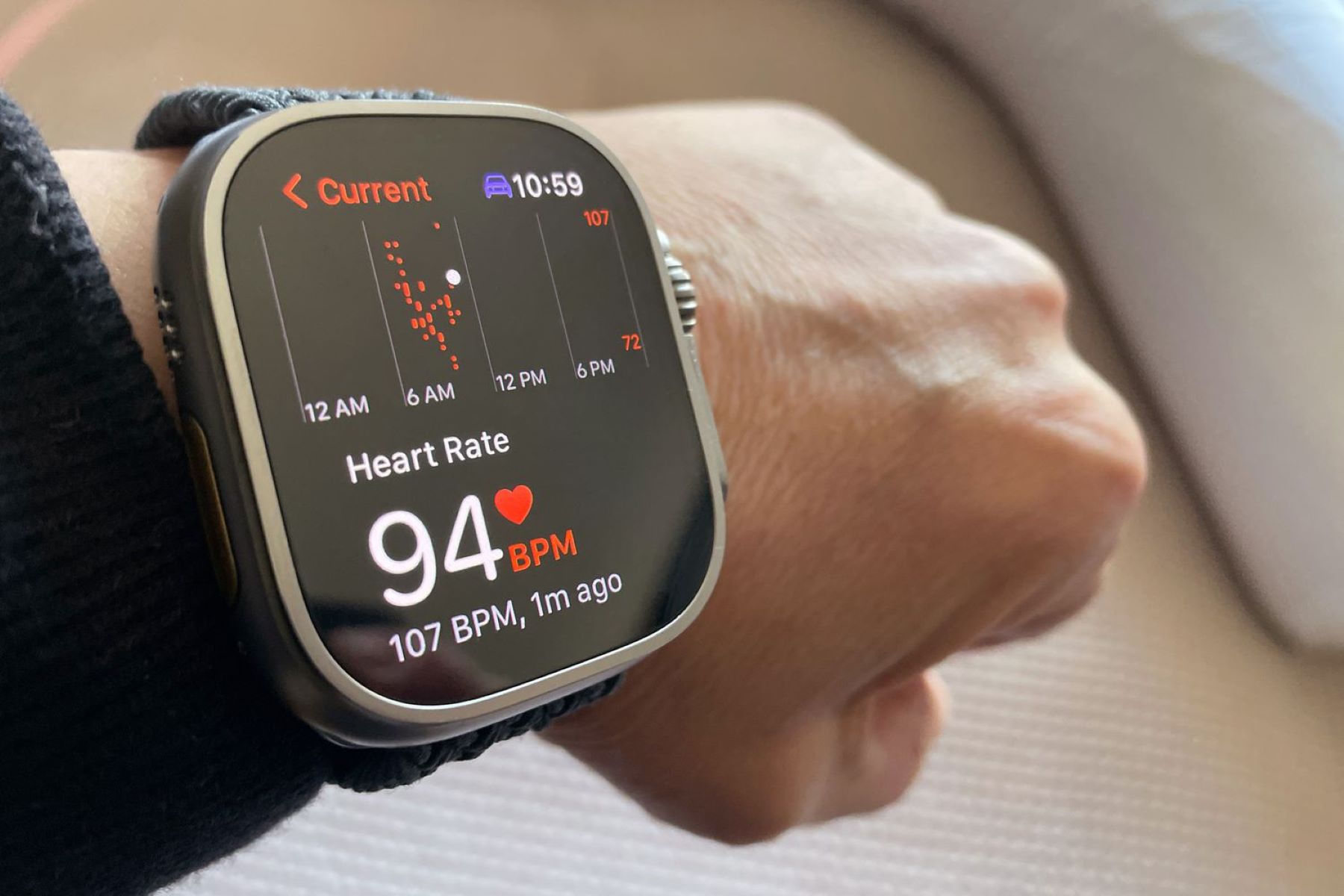

Brands
How Accurate Is Apple Watch On Treadmill
Modified: August 21, 2023
Discover how accurate Apple Watch is on the treadmill and compare it with other brands. Find the best fitness companion for your workout sessions.
Introduction
Many fitness enthusiasts rely on wearables like the Apple Watch to track their workouts and monitor their progress. With its sleek design, advanced features, and integration with various fitness apps, the Apple Watch has become a popular choice for athletes and fitness enthusiasts alike. However, when it comes to using the Apple Watch on a treadmill, there are questions about its accuracy and reliability.
In this article, we will delve into the accuracy of the Apple Watch on a treadmill and explore its performance in terms of step counting, distance measurement, and heart rate monitoring. We will also discuss the factors that can impact the Apple Watch’s accuracy on a treadmill and provide some tips to improve its performance.
Before we dive into the details, it’s important to note that the accuracy of any fitness tracker, including the Apple Watch, can vary depending on several factors. These factors include the quality of the device’s sensors, the user’s running form, and even the type of treadmill being used. Therefore, while the information in this article will provide insights into the Apple Watch’s performance on a treadmill, individual experiences may vary.
Now, let’s explore the accuracy of the Apple Watch on a treadmill and see how it measures up to our expectations.
Overview of Apple Watch’s Activity Tracking Features
The Apple Watch is equipped with a range of activity tracking features that enable users to monitor their workouts and stay motivated towards their fitness goals. These features include step counting, distance measurement, and heart rate monitoring.
When it comes to step counting, the Apple Watch utilizes its built-in accelerometer and gyroscope to detect the user’s movement and count each step taken. This information is then used to provide an estimate of the number of steps taken throughout the day. The Apple Watch also offers a daily step goal, which can help users stay motivated and track their progress.
In terms of distance measurement, the Apple Watch utilizes a combination of GPS, Wi-Fi, and cellular data to track the user’s movement and calculate the distance covered. This allows users to accurately monitor their running, walking, and cycling workouts. Additionally, the Apple Watch offers a variety of workout options, including indoor and outdoor running, walking, cycling, and elliptical training.
Heart rate monitoring is another key feature of the Apple Watch. It uses a combination of sensors, including green LED lights and photodiodes, to measure the user’s heart rate. This information can be valuable in determining the intensity of workouts and tracking overall cardiovascular health. The Apple Watch also provides users with real-time heart rate updates during workouts, allowing them to stay in their desired heart rate zone.
Overall, the Apple Watch’s activity tracking features provide users with valuable insights into their workouts and help them stay motivated towards achieving their fitness goals. However, it’s important to understand that these features are not without limitations, particularly when it comes to using the Apple Watch on a treadmill.
Next, we will explore the accuracy of the Apple Watch’s step counting, distance measurement, and heart rate monitoring specifically when used on a treadmill.
Accuracy of Apple Watch’s Step Counting on Treadmill
Step counting is an essential feature for those who use a treadmill for their workouts. However, when it comes to the accuracy of step counting on the Apple Watch while using a treadmill, there can be some discrepancies.
On a treadmill, the Apple Watch relies solely on the motion of the user’s wrist to track steps, rather than the actual movement of the body. This can lead to inaccuracies in step counting, especially if the user’s arms are not in motion or if they are holding onto the treadmill’s handles.
Additionally, variations in running form and stride length can also impact the accuracy of step counting on the Apple Watch. For example, if the user takes shorter or longer strides than the average, the step count may not accurately reflect the distance covered.
Furthermore, the Apple Watch may not be able to differentiate between steps taken while running on a treadmill and steps taken during other activities, such as walking or climbing stairs. As a result, the step count displayed on the Apple Watch may be higher or lower than the actual number of steps taken during a treadmill workout.
Despite these potential limitations, it’s worth noting that the Apple Watch’s step counting feature is generally considered to be accurate in everyday activities. However, for individuals who primarily use a treadmill for their workouts, it’s important to keep these factors in mind and not solely rely on the step count displayed on the Apple Watch.
In the next section, we will explore the accuracy of the Apple Watch’s distance measurement on a treadmill and how it compares to real-world distances.
Accuracy of Apple Watch’s Distance Measurement on Treadmill
For individuals who use a treadmill as their primary form of exercise, accurately tracking the distance covered is crucial. The Apple Watch offers a distance measurement feature that utilizes a combination of GPS, Wi-Fi, and cellular data to calculate the distance traveled. However, when it comes to using the Apple Watch on a treadmill, there can be some discrepancies in the accuracy of distance measurement.
Since a treadmill is a stationary device, the Apple Watch cannot rely on GPS to track the user’s movement. Instead, it estimates the distance based on the user’s stride length and the number of steps taken. As mentioned earlier, the accuracy of step counting on a treadmill can vary, which can compromise the accuracy of distance measurement.
Additionally, individual running form and stride length can also impact the accuracy of distance measurement on the Apple Watch. If a user has a longer or shorter stride length than the average, the distance measured by the Apple Watch may not align with the actual distance covered.
It’s worth noting that the inaccuracies in distance measurement are more prominent when it comes to high-intensity interval training (HIIT) or sprints on a treadmill. The sudden changes in speed and intensity can affect the Apple Watch’s ability to accurately track the distance covered.
Despite these limitations, the Apple Watch’s distance measurement feature can still provide a reasonably accurate estimate of the distance covered on a treadmill. It is important to keep in mind that the displayed distance may not match the actual distance, but it can still be used as a helpful reference for tracking progress and setting goals.
Now that we have discussed the accuracy of step counting and distance measurement on the Apple Watch, let’s move on to examining its heart rate monitoring capabilities on a treadmill.
Comparison of Apple Watch’s Heart Rate Monitoring on Treadmill
Heart rate monitoring is a vital feature for individuals who want to track their cardiovascular fitness and intensity of their workouts. The Apple Watch offers continuous heart rate monitoring through its optical sensors, which can provide valuable insights during treadmill workouts.
When it comes to heart rate monitoring on a treadmill, the Apple Watch’s performance is generally accurate. The optical sensors on the underside of the Apple Watch monitor the blood flow through the user’s wrist, allowing it to measure heart rate in real-time.
During a treadmill workout, the Apple Watch can provide users with real-time heart rate updates and help them stay within their desired target heart rate zone. This feedback can be particularly useful for individuals who engage in cardio-focused workouts to improve their cardiovascular endurance.
However, it’s important to note that certain factors can affect the accuracy of heart rate monitoring on the Apple Watch. Factors such as sweat, motion artifacts, and wrist placement can interfere with the optical sensors’ ability to accurately detect heart rate. It’s essential to ensure a snug and secure fit of the Apple Watch on the wrist during workouts to improve the accuracy of heart rate monitoring.
Additionally, intense movements, such as high-intensity interval training (HIIT) or sprints on a treadmill, can result in brief inaccuracies or delays in heart rate readings. The Apple Watch may take a few seconds to adjust and provide an accurate heart rate reading during these rapid changes in intensity.
Despite these potential limitations, the Apple Watch’s heart rate monitoring on a treadmill is generally reliable and can provide users with insights into their cardiovascular fitness and intensity of their workouts.
Now that we have examined the accuracy of the Apple Watch’s step counting, distance measurement, and heart rate monitoring on a treadmill, let’s dive into the factors that can impact its accuracy.
Factors Affecting Apple Watch’s Accuracy on Treadmill
While the Apple Watch offers various fitness tracking features, including step counting, distance measurement, and heart rate monitoring, its accuracy on a treadmill can be influenced by several factors. Understanding these factors can help users better interpret the data provided by the Apple Watch and manage their expectations.
One of the primary factors affecting the Apple Watch’s accuracy on a treadmill is the user’s running form and stride length. Each individual has a unique running style, and variations in stride length can impact the accuracy of step counting and distance measurement. Running with an inconsistent or uneven stride length can lead to discrepancies in the Apple Watch’s readings.
In addition to running form, hand movement is another crucial factor. The Apple Watch relies on the motion of the user’s wrist to track steps on a treadmill. If the user’s hands are stationary or gripping the treadmill’s handles, the Apple Watch may not accurately detect steps, leading to inaccurate step count and distance measurement.
Wrist placement is another factor that can affect the accuracy of the Apple Watch on a treadmill. If the watch is too loose or too tight on the wrist, it can affect the contact between the optical sensors and the user’s skin, leading to inaccurate heart rate readings. It’s important to wear the Apple Watch securely and comfortably to improve the accuracy of heart rate monitoring.
Sweat and motion artifacts can also impact the Apple Watch’s accuracy on a treadmill. Excessive sweat on the wrist or excessive arm movement can interfere with the optical sensors’ ability to accurately measure heart rate and track steps. Ensuring a clean and dry wrist, and minimizing excessive arm movement, can help improve the Apple Watch’s accuracy.
Lastly, treadmill calibration can also play a role in accuracy. If the treadmill’s calibration is not accurate, the distance measured by the Apple Watch may not align with the actual distance covered. It’s a good practice to periodically calibrate the treadmill to ensure accurate distance measurement.
It’s important to keep in mind that while the Apple Watch strives to provide accurate readings, these factors can impact its accuracy on a treadmill. By understanding these variables, users can make informed decisions regarding their workouts and interpret the Apple Watch’s data more effectively.
Now, let’s move on to the next section, where we will provide some tips to improve the Apple Watch’s accuracy on a treadmill.
Tips to Improve Apple Watch’s Accuracy on Treadmill
If you want to improve the accuracy of your Apple Watch while using it on a treadmill, consider following these helpful tips:
- Ensure a snug fit: Make sure your Apple Watch is securely and comfortably fastened to your wrist. A loose or tight fit can interfere with the accuracy of heart rate monitoring and step counting.
- Keep your hands free: Avoid holding onto the treadmill’s handles while running. Allowing your arms to swing naturally will help the Apple Watch accurately track your steps and distance.
- Calibrate the treadmill: Periodically calibrate the treadmill to ensure its accuracy. This will help align the distance measured by the Apple Watch with the actual distance covered.
- Run with a consistent stride length: Try to maintain a consistent stride length throughout your treadmill workout. This will improve the accuracy of step counting and distance measurement on the Apple Watch.
- Minimize excessive arm movement: Excessive arm movement can lead to motion artifacts and impact the Apple Watch’s accuracy. Focus on keeping a smooth and natural arm swing while running.
- Keep your wrist clean and dry: Sweat can affect the Apple Watch’s optical sensors, leading to inaccurate heart rate readings. Keep your wrist clean and dry to improve the accuracy of heart rate monitoring.
- Consider using an external heart rate monitor: If heart rate accuracy is of utmost importance to you, you may consider using an external heart rate monitor in addition to the Apple Watch. This can provide more accurate and reliable heart rate readings.
By following these tips, you can enhance the accuracy and reliability of the Apple Watch’s performance on a treadmill. Remember, while these suggestions can help improve accuracy, individual experiences may still vary.
Now that we’ve explored the tips to improve the Apple Watch’s accuracy on a treadmill, let’s wrap up this article with a summary.
Conclusion
The Apple Watch is a popular fitness wearable that offers a range of activity tracking features, including step counting, distance measurement, and heart rate monitoring. While it can be a valuable tool for tracking workouts on a treadmill, it’s important to understand the limitations and factors that can affect its accuracy.
When using the Apple Watch on a treadmill, there can be discrepancies in step counting, distance measurement, and heart rate monitoring. Factors such as running form, hand movement, wrist placement, sweat, motion artifacts, and treadmill calibration can impact its accuracy.
Despite these limitations, there are ways to improve the Apple Watch’s accuracy on a treadmill. By ensuring a snug fit, keeping hands free, calibrating the treadmill, maintaining a consistent stride length, minimizing excessive arm movement, and keeping the wrist clean and dry, users can enhance the accuracy of their Apple Watch’s readings.
It’s important to remember that while the Apple Watch strives for accuracy, individual experiences may vary. It’s always a good idea to use the Apple Watch’s readings as a helpful reference rather than relying solely on them.
Overall, the Apple Watch’s activity tracking features can provide valuable insights and motivation during treadmill workouts. By understanding its capabilities and limitations, users can make the most of this wearable device and achieve their fitness goals.
